Chihuahua Dog: History, Traits, and Care
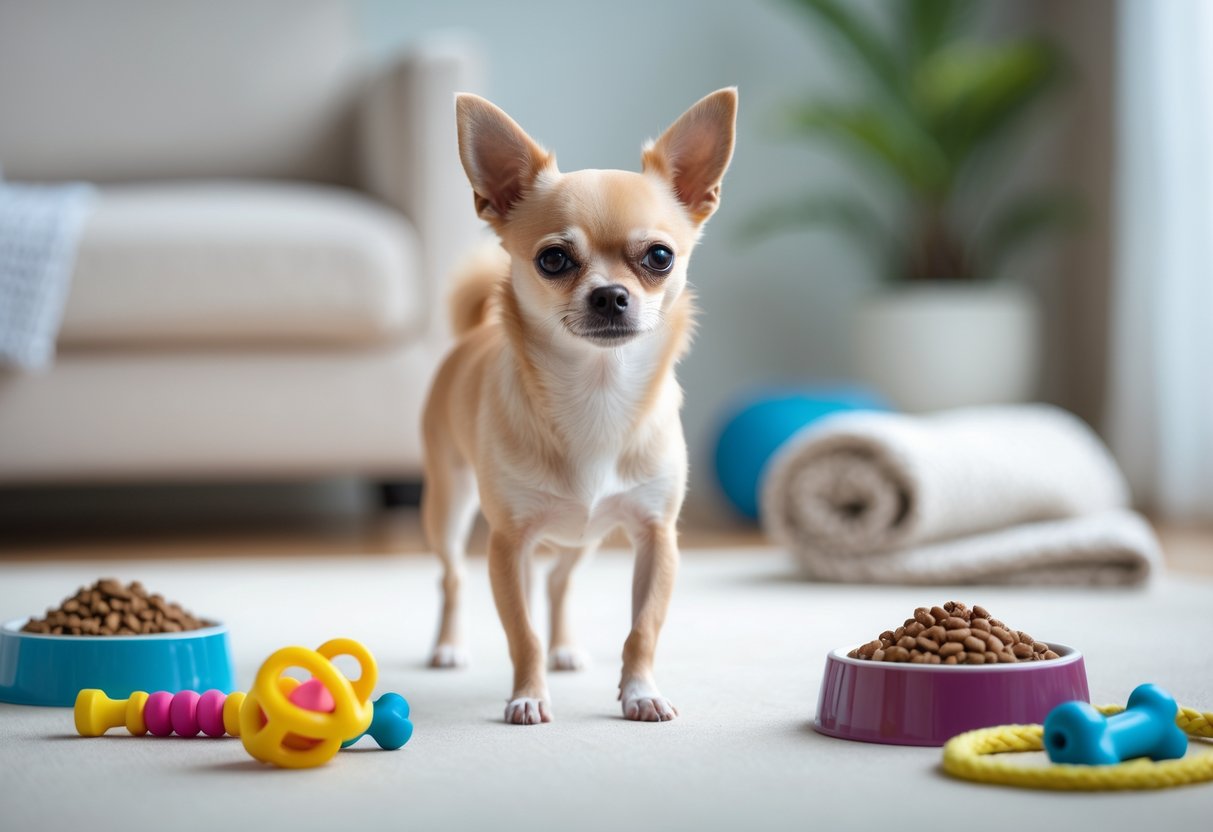
The Chihuahua is one of the smallest dog breeds but stands out because of its bold personality and lively nature. Known for being alert, confident, and loyal, this breed is especially suited for apartment living and owners who appreciate a spirited companion. Despite its tiny size, the Chihuahua requires regular exercise, social interaction, and proper care to thrive.
Originating from Mexico, the Chihuahua Dog has a long history connected to ancient civilizations. It typically weighs between 1 and 6 pounds and has a variety of coat types and colors. Their small size makes them vulnerable to cold weather and injury, so owners need to take extra precautions in their care routines.
Chihuahuas are known for being affectionate with family members but can be cautious or nervous around strangers. They tend to bark frequently and may challenge larger dogs despite their size. This combination of traits makes the breed unique and appealing to those who understand their specific needs.
Breed Overview and Recognition
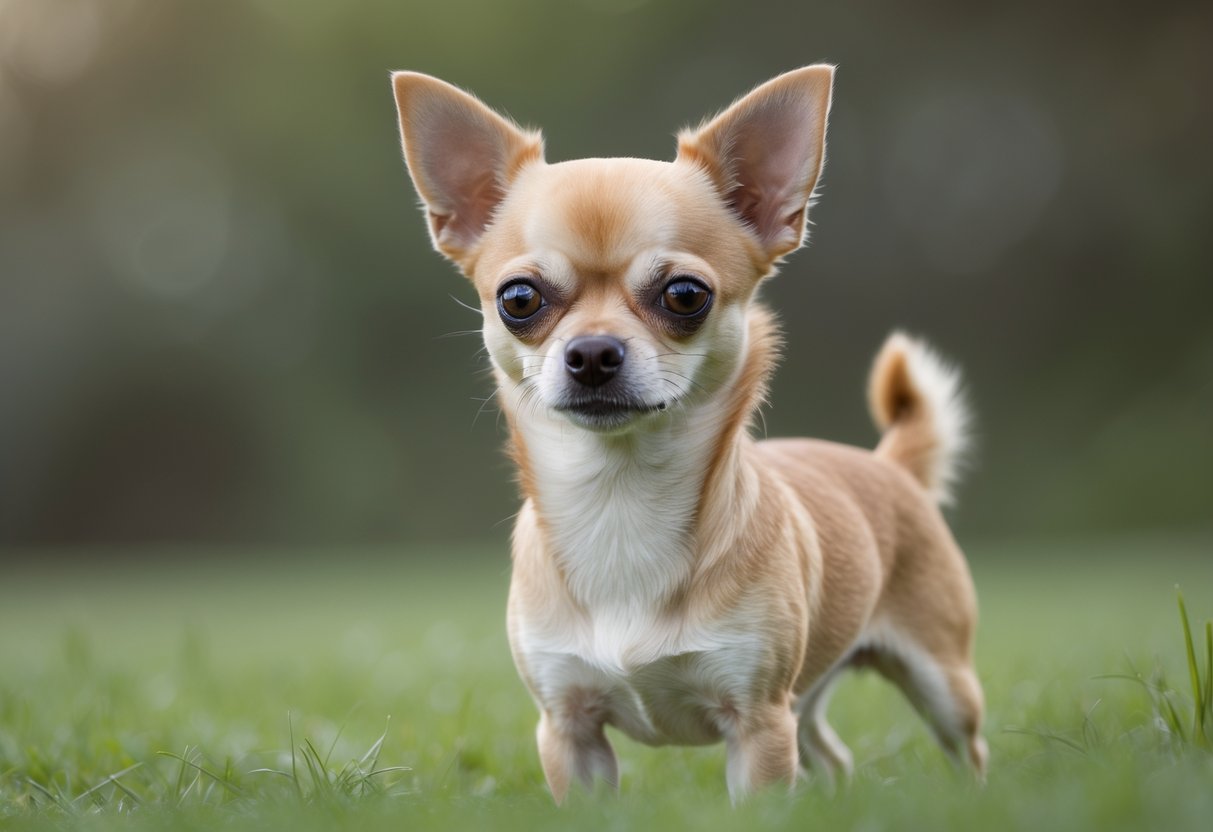
The Chihuahua stands out for its tiny size paired with a strong, bold personality. It has official breed standards and a recognized place among toy dog breeds. This breed’s history and traits make it a unique and well-respected member of the dog world.
What Makes the Chihuahua Dog Unique
The Chihuahua is one of the smallest dog breeds in the world. Despite its size, it shows a confident and alert nature. It has a lively personality that often surprises people because it acts much bigger than it looks.
Physically, Chihuahuas come in various colors and have either short or long coats. Their large, expressive eyes and ears give them a distinctive look. They are known to form strong bonds with their owners and can be very loyal and protective.
Because of their size, they are well-suited for living in small spaces. However, they need consistent socialization and training to manage their bold behavior.
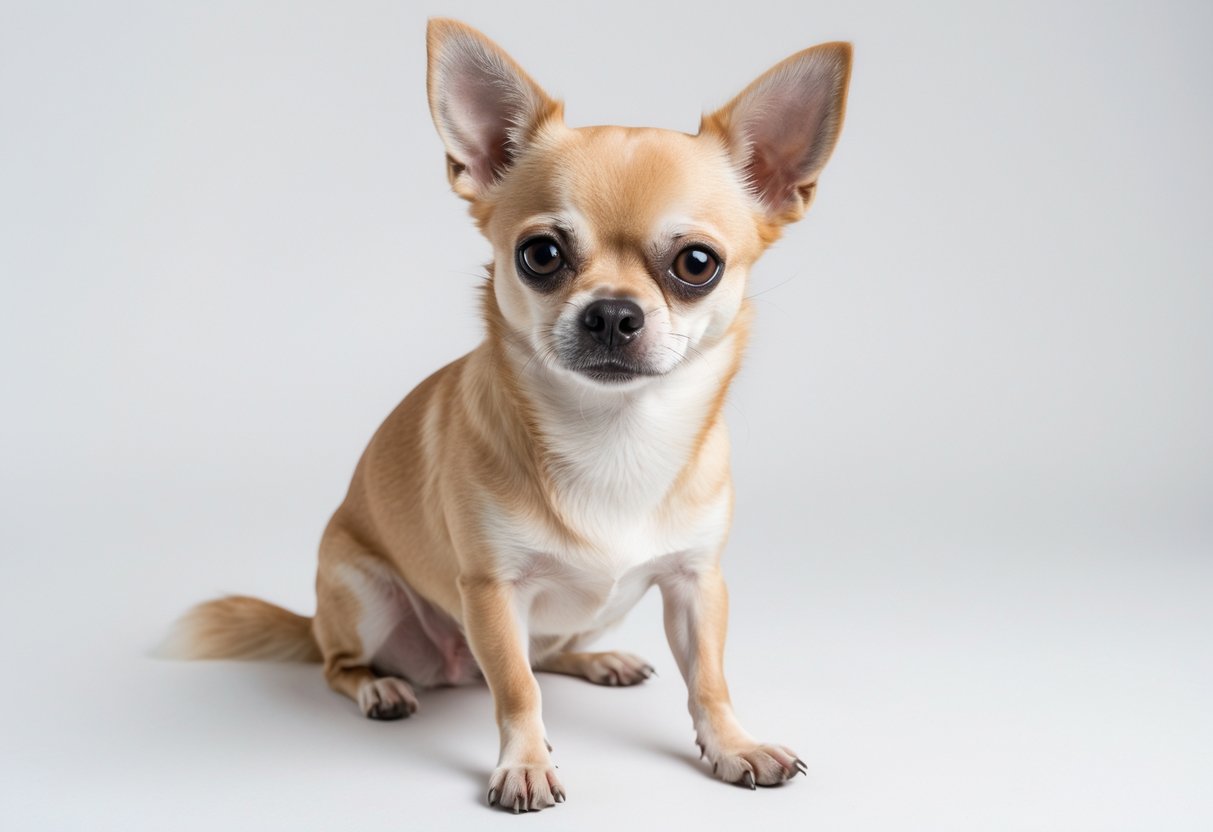
Breed Standards and AKC Recognition
The American Kennel Club (AKC) officially registered the Chihuahua Dog in 1904. It was among the first small breeds registered by the AKC, highlighting its long history as a recognized breed.
The AKC breed standard describes the Chihuahua Dog as having a “compact and graceful” body with an “apple-shaped” head being preferred. The breed’s height typically ranges from 5 to 8 inches, and weight should be under 6 pounds.
The AKC classifies the Chihuahua in its Toy Group. Strict standards cover appearance, movement, and temperament in official dog shows. Meeting these standards ensures the breed maintains its characteristic traits and health.
Chihuahua’s Place Among Toy Breeds
Chihuahuas hold a strong position within the toy breeds category due to their size and personality. Toy breeds are generally bred for companionship, and Chihuahuas are no exception.
Their small stature makes them ideal lap dogs, but they also have high energy levels uncommon in many toy breeds. This mix of energy and loyalty makes them popular with people who want a small but engaging dog.
Compared to other toy breeds like the Pomeranian or Maltese, Chihuahuas tend to be more vocal and protective. They bring a unique blend of charm, alertness, and devotion to the toy breed group.
Historical Origins
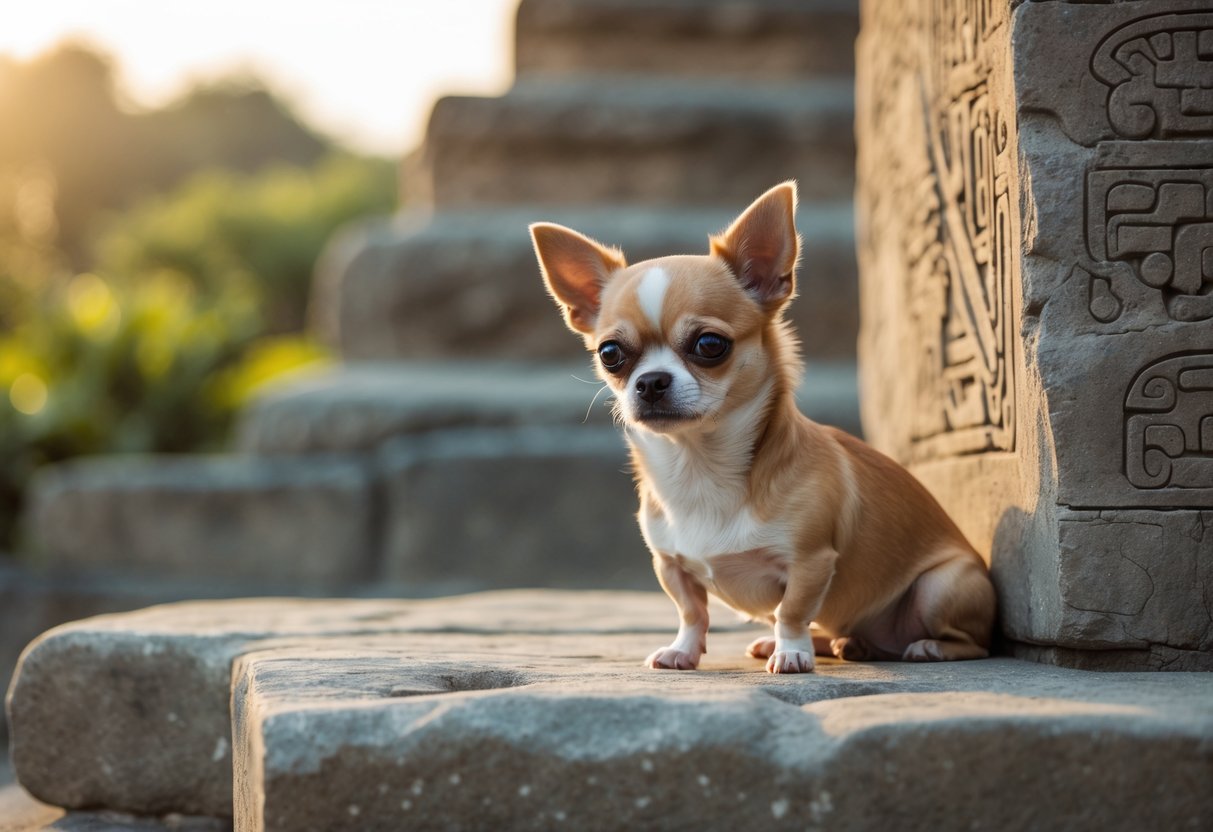
The Chihuahua has roots that trace back to ancient times in Mexico. Its development involved small companion dogs that played important roles in early cultures. The breed’s history connects closely with indigenous people and their customs.
Ancient Ancestry and Techichi
The Chihuahua Dog likely descended from the Techichi, a small mute dog kept by the Toltec civilization around the 9th century. The Techichi was slightly larger and quieter than today’s Chihuahua. This ancient dog was valued for companionship and possibly spiritual purposes.
Archaeological evidence shows these dogs often appeared in Toltec artifacts. The Techichi had a compact body and large ears, features seen in modern Chihuahuas. Its silent nature differed from many barking breeds and suited the quieter life of the Toltecs.
Role of the Toltec Civilization
The Toltec civilization deeply influenced the early Chihuahua line. They kept the Techichi as pets and probably used them in cultural and religious rituals. The dogs were symbols of companionship and may have served as guides in beliefs about the afterlife.
Toltecs believed the Techichi helped souls navigate death. The dog’s presence in burials suggests a spiritual connection. As Toltec power waned, the Aztecs later took over, inheriting some of these traditions involving small dogs.
Chihuahua Dog and Mexico
The modern Chihuahua is closely tied to the region of Chihuahua, Mexico, where it was officially noted in the 19th century. It became a national symbol and a beloved pet. The breed’s exact origins are debated, but most agree it developed within Mexico.
Early settlers and indigenous groups bred it from native dogs like the Techichi and possibly the Xoloitzcuintli. The Chihuahua’s small size and alert nature helped it adapt as a close companion. Over time, it spread beyond Mexico and gained popularity worldwide.
Physical Characteristics Of Chihuahua
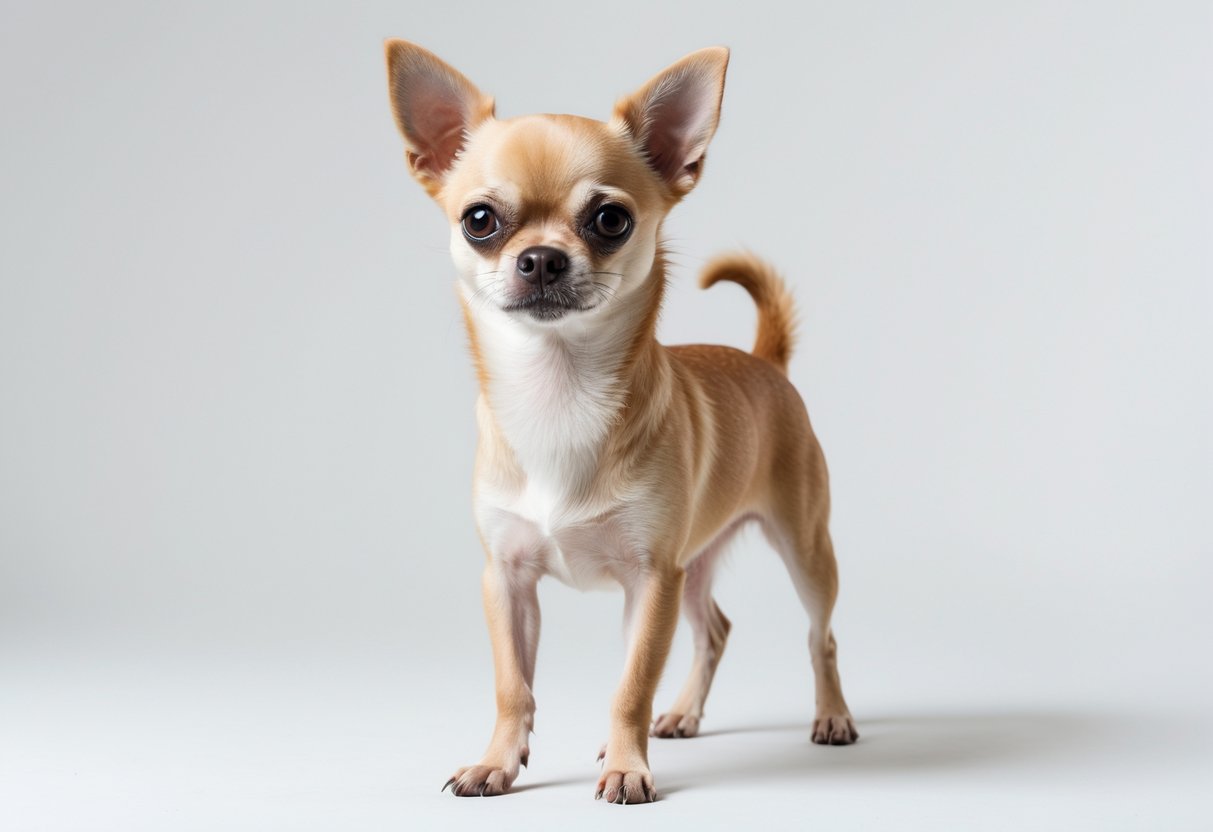
The Chihuahua is known for its very small size and distinctive features. Its body is compact but sturdy, with two main coat types and a variety of colors. Its head shape and eye size also distinguish it from other small dog breeds.
Size and Body Structure
Chihuahuas are one of the smallest dog breeds, typically weighing between 2 and 6 pounds. They stand about 5 to 8 inches tall at the shoulder. Despite their tiny size, they have a sturdy build with a slightly rounded chest.
Their body is compact and well-balanced, showing strength not expected from such a small dog. The legs are slender but muscular, allowing for quick, agile movement. Their neck is moderately long, supporting their distinctively large head.
Coat Types: Long-Haired and Short-Haired
Chihuahuas come in two main coat types: short-haired and long-haired. Short-haired Chihuahuas have a smooth, glossy coat that lies close to the body. It requires minimal grooming and highlights their sleek body shape.
Long-haired Chihuahuas have soft, fine hair that is longer around the ears, neck, and tail. These dogs need more grooming to keep their coat free of tangles and matting. Both coat types are thin and should not be confused with breeds with thick fur.
Common Colors and Head Shapes
Chihuahuas come in a wide range of colors, including fawn, black, white, chocolate, cream, and spotted patterns. Their coats can be solid, marked, or mixed.
Their head shape is often described as “apple-shaped,” with a rounded skull and prominent eyes. Some Chihuahuas have a more deer-shaped head, which is longer and narrower. Large, round eyes and upright ears are typical in both head types, giving the breed its alert and expressive look.
Temperament and Behavior

Chihuahuas are known for their distinctive mix of boldness, loyalty, and intelligence. They often show strong bonds with their owners and have specific ways of reacting to people, other pets, and new situations. Their behavior can range from playful to protective, making their temperament important to understand.
Personality Traits and Intelligence
Chihuahuas are highly intelligent dogs that learn quickly but can also be stubborn. They respond best to patient, consistent training with positive reinforcement. Their sharp minds make them aware of their surroundings, and they enjoy mental stimulation through play and small tasks.
They are confident and have a bold attitude despite their small size. Often described as sassy or feisty, they show strong loyalty to their owners. However, this can result in possessiveness or jealousy if not managed properly. Early socialization helps balance these traits.
Watchdog Instincts
Chihuahuas have a strong watchdog instinct. They quickly alert their owners to any unusual sounds or strangers. Their loud bark is surprising for their size and can make them effective at warning against potential threats.
Because of their alertness, they may become nervous or overly protective if they sense danger. This behavior needs careful training to prevent excessive barking or aggression. Despite this, they rarely become aggressive without reason.
Interaction with Other Pets and People
Chihuahuas often form close attachments to their human family but may be wary of strangers. They can do well with other pets if introduced early and properly socialized. However, their bold nature might lead to conflicts with bigger dogs.
They may not be the best match for very young children due to their fragile size and sometimes impatient temperament. Calm and gentle interaction works best. Teaching children to respect the Chihuahua’s boundaries helps the relationship grow stronger.
Care, Health, and Exercise Needs

Chihuahuas require balanced care that matches their small size and energetic nature. Their daily routine should include appropriate exercise, routine grooming, and attention to specific health risks common to the breed. Proper management helps them stay healthy and active for years.
Exercise Requirements
Despite their tiny size, Chihuahuas need between 30 minutes to 1 hour of daily exercise. This can be broken into short walks, indoor play, or interactive toy sessions. Regular activity helps maintain a healthy weight and prevents boredom, which can lead to barking or anxiety.
Exercise also supports joint health, important since Chihuahuas are prone to patellar luxation. This condition causes the kneecap to slip out of place, leading to limping or discomfort. Maintaining a healthy weight and gentle daily activity can reduce the risk or severity of this problem.
Exercise should be adjusted for age and health status. Older or fragile dogs may prefer calm play or shorter walks, while young Chihuahuas often have bursts of high energy needing ample outlets.
Grooming and Coat Maintenance
Chihuahuas come in two coat types: short-haired and long-haired. Short-haired Chis need brushing about once a week to control shedding and keep the coat healthy. Long-haired Chihuahuas require brushing two to three times a week to prevent tangles and matting.
Bathing depends on activity and coat length but is usually needed once or twice a month. Eye care is important since their large eyes can get teary or irritated; wiping gently once or twice weekly helps prevent buildup.
Dental care is critical; their small mouths can cause overcrowded teeth leading to periodontal disease. Daily teeth brushing is recommended to avoid dental issues tied to this breed.
Common Health Concerns
Chihuahuas have a lifespan of 14 to 16 years but face several health risks. Besides patellar luxation, they may have issues like collapsing trachea, which causes coughing and breathing problems. Walking with a harness instead of a collar can prevent trachea damage.
Dental disease is common due to their small mouths and crowded teeth. Periodic cleanings and baby tooth removal help maintain oral health.
Other potential problems include heart disease, often detected by heart murmurs, and hypoglycemia, especially in puppies, which causes weakness and may lead to seizures if untreated.
Owners need to monitor their Chihuahua’s weight carefully to prevent obesity, which can worsen joint and heart conditions.
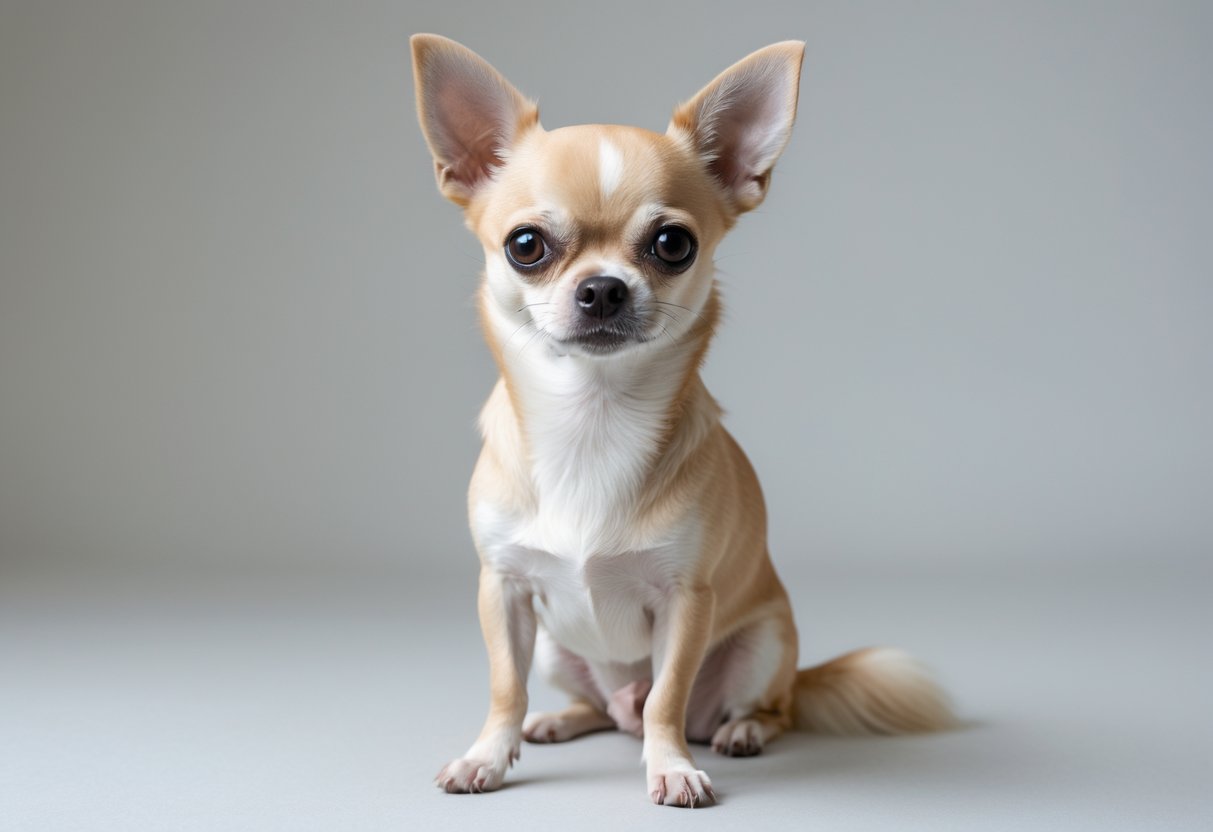
Frequently Asked Questions
Chihuahuas often live long lives, but they can face specific health challenges. Their size, temperament, and coat type also vary, affecting care and behavior. Different physical traits distinguish some Chihuahua types, influencing their look and personality.
